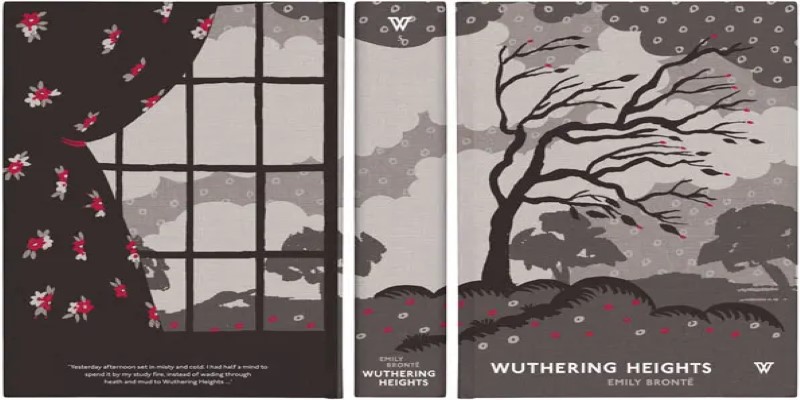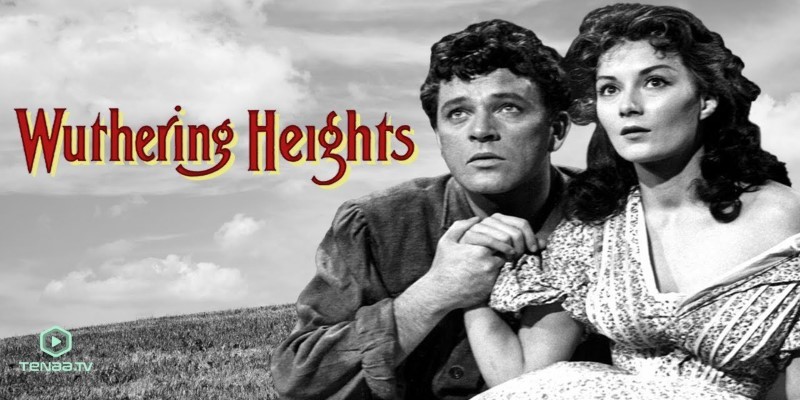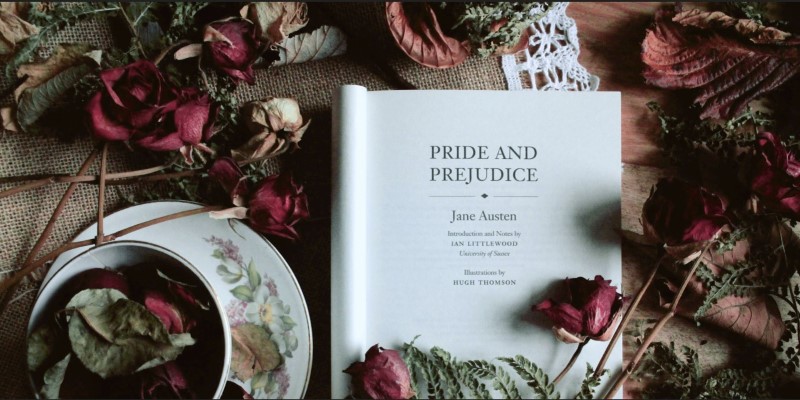Wuthering Heights, authored by Emily Brontë, has been a classic novel since its first appearance in 1847. Its enduring appeal lies in a captivating narrative weaving love, revenge, and societal defiance themes. Let's explore the novel's journey through its publication history, plot summary, themes, characters, and lasting impact on adaptations and influences.
1847 Edition: Wuthering Heights debuted in 1847 under the pseudonym Ellis Bell. Initial reactions were mixed, with some praising its intensity and others finding it dark. The novel's unique narrative structure and portrayal of passionate love and revenge set it apart in the literary landscape.
1850 Edition: After Emily Brontë's death in 1848, a new edition surfaced in 1850, revealing her true identity. This edition provided readers with a deeper understanding of the author behind the powerful narrative, solidifying Wuthering Heights as a literary masterpiece.
In the plot summary of Wuthering Heights, the story takes place in the barren moors of Yorkshire. It revolves around the doomed love affair between two central characters, Heathcliff and Catherine Earnshaw. The narrative is presented through the perspective of Mr. Lockwood, a newcomer intrigued by the mysterious history of Wuthering Heights.
Readers are immersed in a world of passion, betrayal, and revenge as the story unfolds. The characters grapple with the consequences of societal expectations and personal choices, leading to heartbreak and events that extend across generations. The novel skillfully combines Gothic and Romantic literature elements, creating a haunting and atmospheric tale that delves into the intricacies of human relationships.
In essence, Wuthering Heights is not just a love story but a narrative that explores human nature's dark and complex facets against the backdrop of the desolate Yorkshire moors. The interplay of emotions, societal norms, and the haunting setting contributes to the novel's enduring appeal and makes it a timeless exploration of the human condition.

Exploring the intricate web of themes and characters in Wuthering Heights unveils a rich tapestry of emotions and societal complexities. From tortured anti-heroes to conflicted souls torn between passion and societal norms, each character contributes to the novel's profound exploration of human nature.
Wuthering Heights explores several profound themes that add depth to the narrative:
Love and Passion: The novel delves into love's intense and often destructive nature. The passionate relationship between Heathcliff and Catherine Earnshaw serves as a focal point, illustrating how love can shape and, at times, devastate lives.
Revenge: Revenge is a central theme, particularly embodied by Heathcliff. The narrative unfolds as he seeks retribution for perceived wrongs, highlighting the destructive power of unchecked vengeance.
Social Class: Wuthering Heights challenges societal norms, portraying characters who defy traditional class boundaries. The novel explores the impact of social class on relationships and individual destinies.
Destructive Nature of Unchecked Emotions: Characters in the novel grapple with intense emotions, leading to destructive consequences. Whether it's love, hatred, or revenge, the story emphasizes the repercussions of unchecked emotional turmoil.
The characters in Wuthering Heights are complex and multidimensional, contributing to the novel's rich narrative:
Heathcliff: Heathcliff is the tortured anti-hero, orphaned and taken in by the Earnshaw family. His dark past, intense emotions, and pursuit of revenge make him a compelling and enigmatic character, central to the novel's dynamics.
Catherine Earnshaw: Catherine, Heathcliff's soulmate, is torn between societal expectations and her passionate nature. Her choices shape the destiny of those around her, adding complexity to the narrative.
Mr. Lockwood: The narrator of the story, Mr. Lockwood, is a newcomer to the region who becomes entangled in the mysterious history of Wuthering Heights. Readers gain insight into the unfolding tumultuous events and relationships through his eyes.
Supporting Characters: The novel features a cast of supporting characters, each with their motivations and roles. From the Lintons to the housekeeper Joseph, these characters contribute to the intricate web of relationships and themes explored in the story.
Isabella Linton: Isabella, sister to Edgar Linton, becomes entangled in the turbulent world of Wuthering Heights. Her ill-fated marriage to Heathcliff adds another layer of tragedy to the narrative. Isabella's character is a poignant example of the destructive consequences of passion and societal expectations.
Hindley Earnshaw: Hindley, Catherine's older brother, transforms from a privileged young man to a vengeful and embittered figure. His mistreatment of Heathcliff contributes significantly to the novel's themes of revenge and societal decay. Hindley's character highlights the destructive impact of unresolved resentments.
In the "Adaptations and Influences" section, we explore how Wuthering Heights has left a lasting impact on various forms of media and the broader cultural landscape.
Film Adaptations: Wuthering Heights has been adapted into films that offer diverse interpretations of the classic tale. Notable examples include the 1939 version directed by William Wyler and the 2011 film directed by Andrea Arnold. Each adaptation brings its perspective to the timeless story, capturing the essence of Wuthering Heights on the silver screen.
Literary Influence: Emily Brontë's unique narrative style and exploration of complex emotions have influenced subsequent generations of writers. Her ability to create a brooding and atmospheric setting, characteristic of Gothic literature, has become a hallmark that resonates in the works of authors who followed.
Musical and Artistic References: Beyond literature and film, Wuthering Heights has inspired musicians, artists, and even ballet productions. Notably, Kate Bush's song "Wuthering Heights" became a chart-topping hit, showcasing the enduring impact of Brontë's work on popular culture. The novel's themes and characters have been a muse for various artistic expression.
In summary, Wuthering Heights' influence extends beyond its pages, permeating film, literature, music, and art. Its timeless themes and characters continue to inspire and resonate with audiences across different mediums, making it a cultural touchstone that transcends its original literary form.

In conclusion, Wuthering Heights remains an enduring literary classic, captivating readers with its haunting tale of love, betrayal, and societal defiance. Emily Brontë's masterful storytelling and the novel's profound themes have left an indelible mark on literature. From its initial publication in 1847 to modern-day adaptations, the novel's impact continues to transcend time, making it a timeless exploration of the complexities of human relationships and the human condition.

By Georgia Vincent/Jun 17, 2025

By Frederica/Apr 20, 2024

By Peter Evans/Apr 24, 2024

By Darnell Malan/Mar 17, 2025

By Vicky Louisa/Oct 10, 2024

By Susan Kelly/Apr 30, 2024

By Pamela Andrew/Jun 25, 2025

By Frederica/Feb 02, 2024

By Triston Martin/Apr 11, 2024

By Peter Evans/Mar 04, 2024

By Frederica/Apr 01, 2024

By Pamela Andrew/Apr 13, 2025